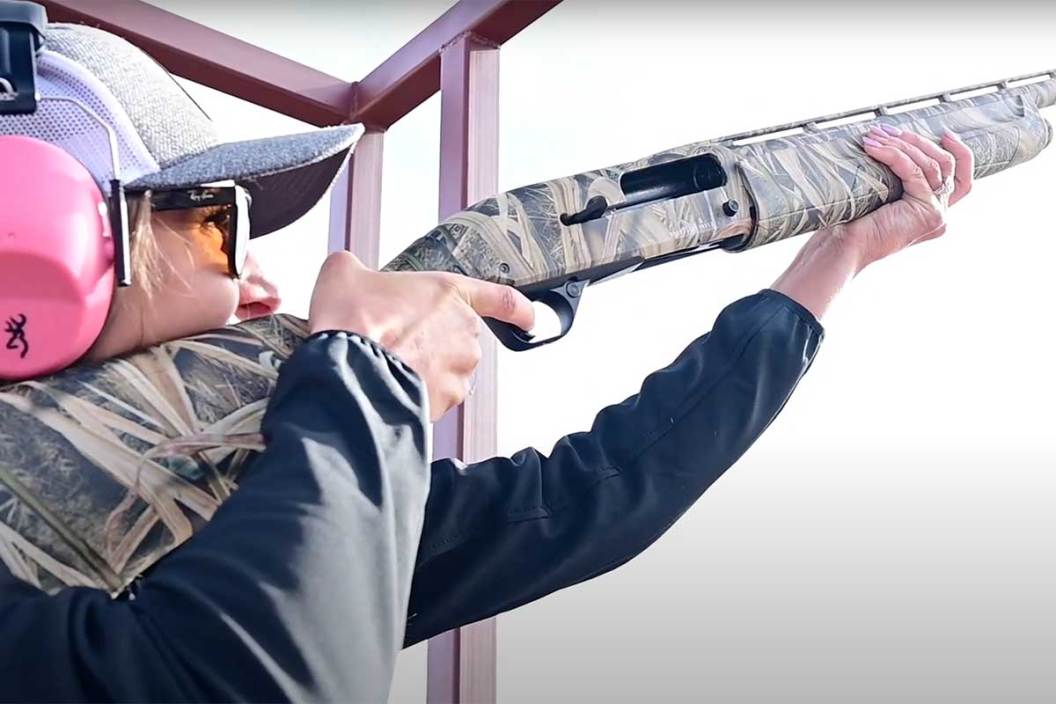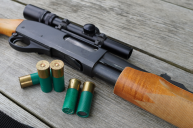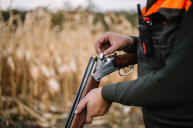This once popular shotgun chambering keeps being outpaced by the 12 gauge.
At one time, the 10 gauge shotgun was a common tool. In the days of the Wild West, it was a fairly standard smoothbore chambering that was actually more popular for some applications than the 12 gauge. So what happened to it?
These days, there are literally only a couple 10 gauge shotguns still in production. One of them is the Browning BPS pump action shotgun and another is the Browning Gold Light autoloader, both of which only come in camo for duck hunters.
https://youtu.be/aWhlqhC9rZs
When the first paper hull shotshells were introduced, they were loaded with black powder. While a 12 gauge shotgun was powerful, its range was limited, and it couldn't pack enough pellets and powder for some types of waterfowl hunting. The 10 gauge was more suited for that and other applications that required a little more kick, including self defense. In fact, there were once 8 gauge waterfowling guns and even larger punt guns that were mounted on a boat. We've come a long way...
Most of the popular shotgun models from Winchester, Ithaca, and Browning of the era came with the option of 12 or 10 gauge, and that included semi-auto repeaters like the first successful repeating shotgun, the lever action Winchester Model 1887.
Smokeless Powder and Shotguns
When smokeless powder became the standard, everything changed. Suddenly, the increased pressure and velocity allowed the 12 gauge to do nearly everything the 10 gauge could do—but not everything.
The 10 gauge diminished in popularity, because there simply wasn't much need for what became giant magnum shotgun shells. Turkey hunters continued to favor the 10 gauge for years thanks to the extra range they provided with the right choke tubes. However, in the early 90s, it looked like the 10 gauge was going to make a comeback.
As legislation began passing that would require waterfowl hunters in the U.S. to use non-toxic shot made of steel instead of lead, people began looking to the larger 10 gauge.
Steel shot is lighter and less dense than lead, so to get similar ballistics and patterning, the shot size has to be larger. The spacious 10 gauge shell and larger bore diameter could hold those bigger pellets, and it was thought they would become the new standard duck guns.
However, along came the 3.5" magnum 12 gauge. Rather than switching to 10 gauge loads, shotgun makers began producing larger 3.5" chambered 12 gauges that could also run 2.75" and 3" 12 gauge shells. Plus, the 3.5" 12 gauge could be loaded to higher pressures and could deliver 10 gauge ammo payloads at higher velocities with less recoil. And so, 10 gauge guns faded back into obscurity.
Some hardcore turkey hunters who liked pushing the long-range envelope stuck with the 10 gauge, but in recent years, the advent of new 12 gauge ammunition using steel-alloy pellets, like Federal's Heavyweight TSS loads, has made even the 3.5" nearly obsolete for most hunters.
Among the last of the 10 gauges were the Ithaca Mag-10 gas operated semi-auto shotgun, which ceased production in 1989.
NEXT: THE HENRY LEVER ACTION .30-30 IS THE MOST AMERICAN HUNTING RIFLE YOU CAN OWN




